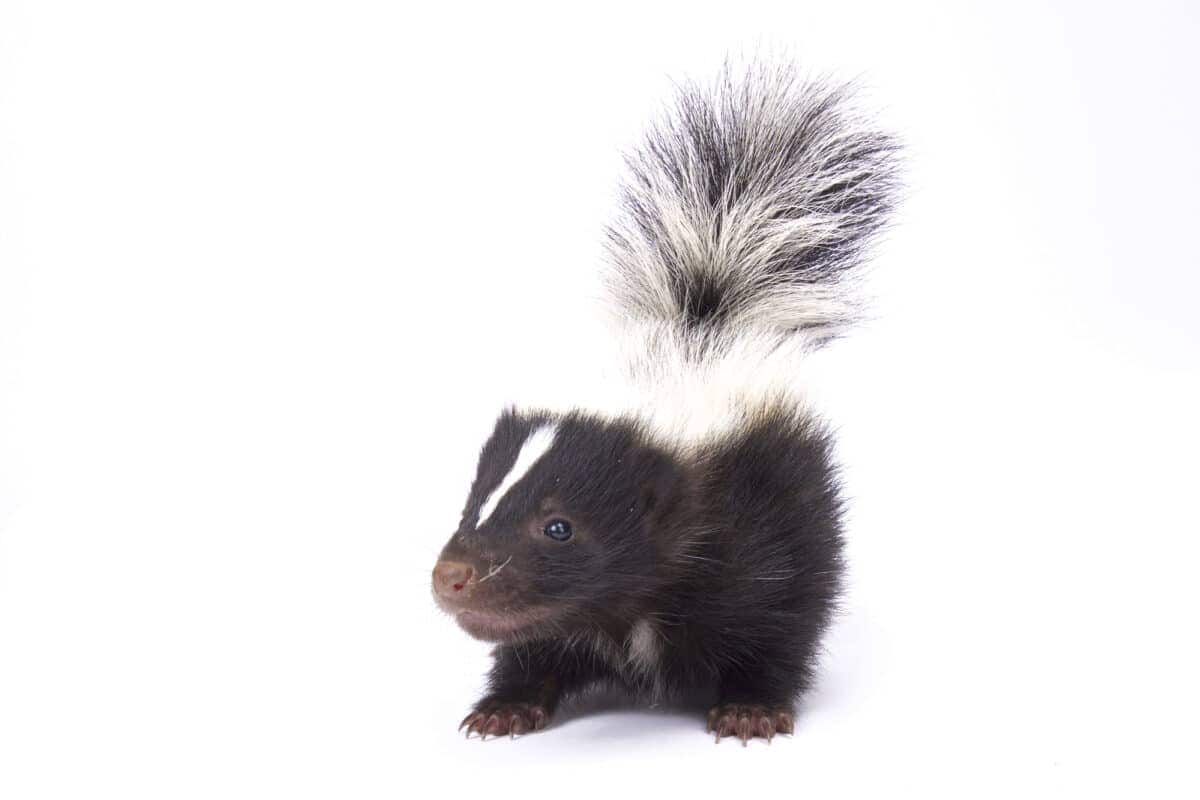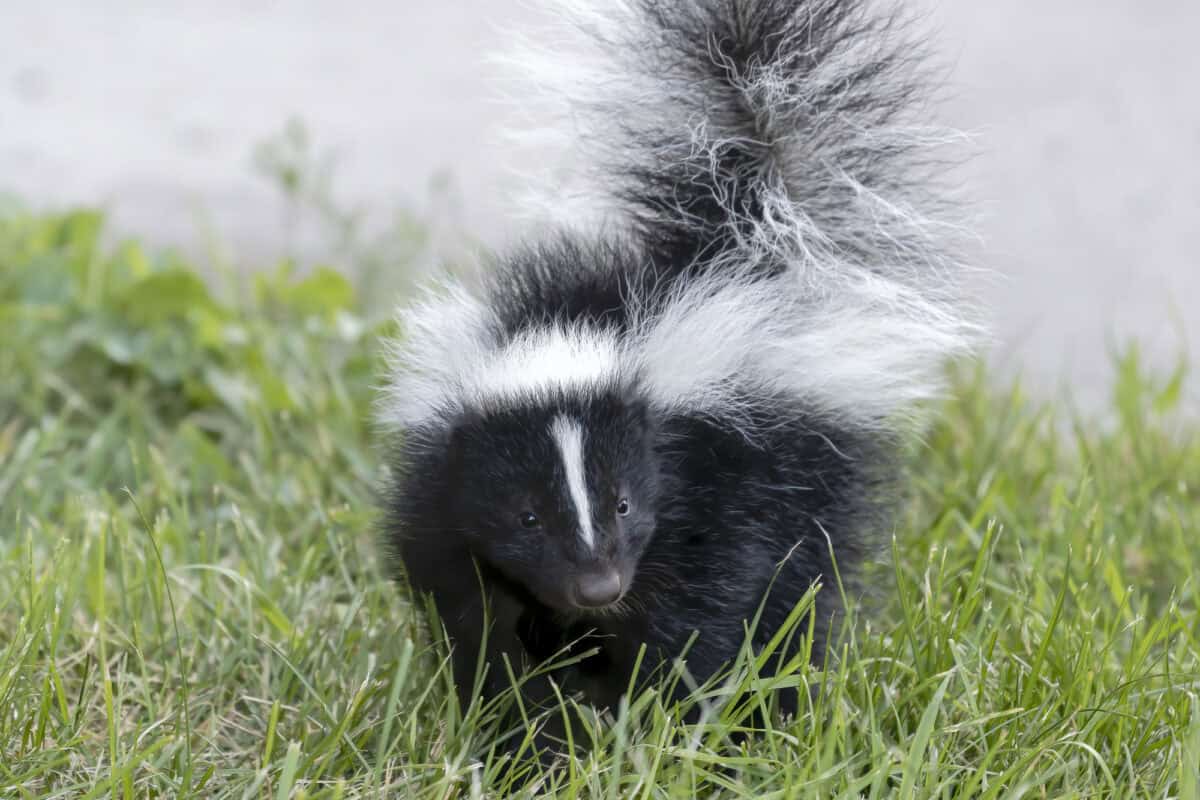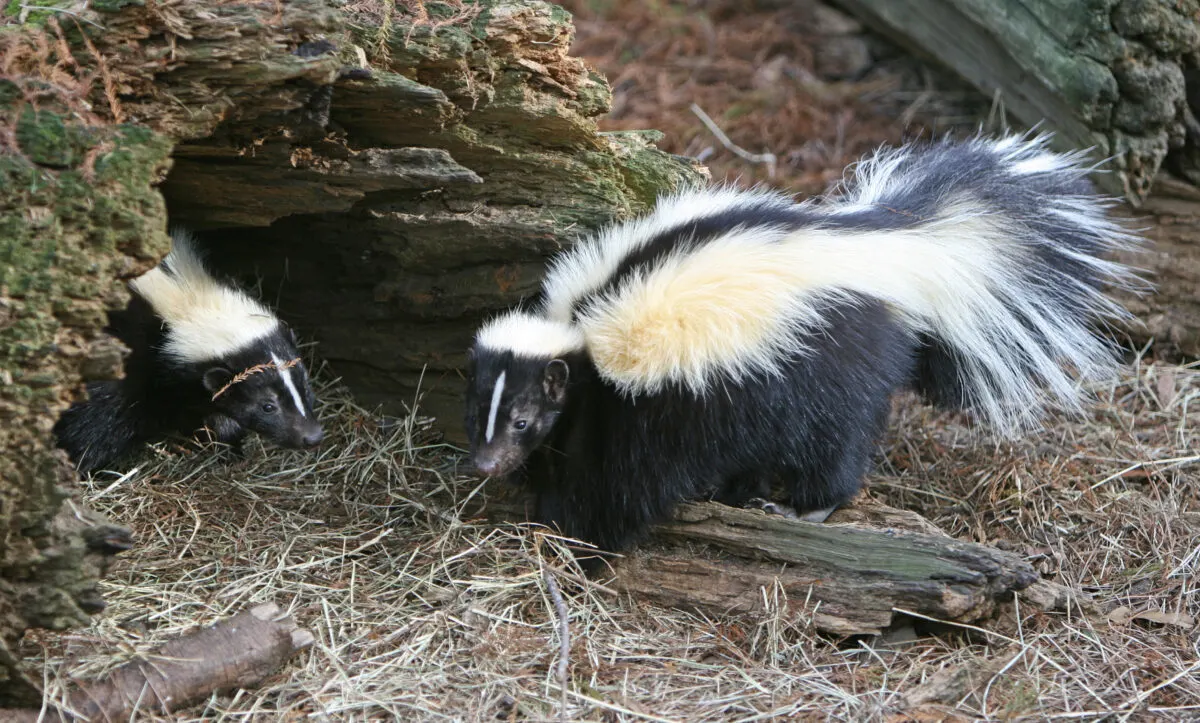The striped skunk holds the dubious honor of being known as the smelliest animal on Earth. While many creatures boast unique adaptations for survival, the striped skunk’s notorious odor is unmatched in the animal kingdom. But why exactly does this small mammal produce such a potent smell? In this article, we will delve into the reasons behind this animal’s infamous stench, exploring the biology, behavior, and evolutionary advantages conferred by its scent.
The Striped Skunk An Overview

Scientifically known as Mephitis mephitis, the striped skunk is native to North America and is easily recognizable by its striking black-and-white coloration. The skunk is a member of the Mephitidae family and is primarily nocturnal, leading solitary lives except during mating season. While their outward appearance might be appealing, they can emit a powerful odor that distinguishes the striped skunk from other wildlife.
Chemistry of the Skunk’s Scent

The source of the skunk’s offensive odor lies in its anal glands, which produce a mixture of sulfur-based compounds called thiols. These compounds include butanethiol and 3-methyl-1-butanethiol, among others. When these chemicals are released, they create a pungent odor that is difficult to ignore or forget. Thiols are notorious for their strong smells, often being used as odor warnings for natural gas leaks due to their detectability in low concentrations.
A Biological Defense Mechanism

The skunk’s scent is first and foremost a defense mechanism. When threatened, a skunk will stamp its feet and arch its back in a warning display. If the perceived threat does not retreat, the skunk will release its oily spray in a fine mist, which can travel up to 10 feet. This foul-smelling spray is enough to deter most predators, causing irritation and even temporary blindness if it gets into the eyes.
Survival and Evolutionary Advantage

From an evolutionary perspective, the skunk’s smell represents an ingenious survival strategy. While most animals rely on speed or camouflage to avoid predation, the skunk’s odor provides a different kind of protection—deterrence. Its smell acts as a powerful signal to potential attackers, advertising the skunk’s presence and encouraging them to avoid confrontation. Over time, this has allowed the skunk to thrive in diverse environments across its range.
Ecological Role and Benefits

Beyond self-defense, the skunk’s smell plays an important role in its ecological interactions. By deterring predators, skunks help to maintain the population dynamics within ecosystems. As opportunistic foragers, they eat a wide range of foods, including insects, small mammals, and plant material, contributing to pest control and seed dispersal. Maintaining their population helps sustain the balance within their ecosystems.
Conclusion: Understanding the Stench

The striped skunk’s status as the smelliest animal on Earth is not merely a curiosity but a testament to the intricacies of evolution and adaptation. Its potent scent, while unpleasant to humans, is a marvel of natural engineering, offering this creature both protection and ecological significance. Understanding the science behind the skunk’s smell enriches our appreciation for the diverse strategies animals employ to survive in the wild. Whether admired or avoided, the skunk’s ability to wield its powerful scent ensures it remains an unforgettable part of our natural world.
- 14 Weirdest Looking Animals on Earth - August 15, 2025
- 13 Creatures That Don Not Need Eyes to See - August 15, 2025
- 13 Wild Species That Can Clone Themselves - August 15, 2025

